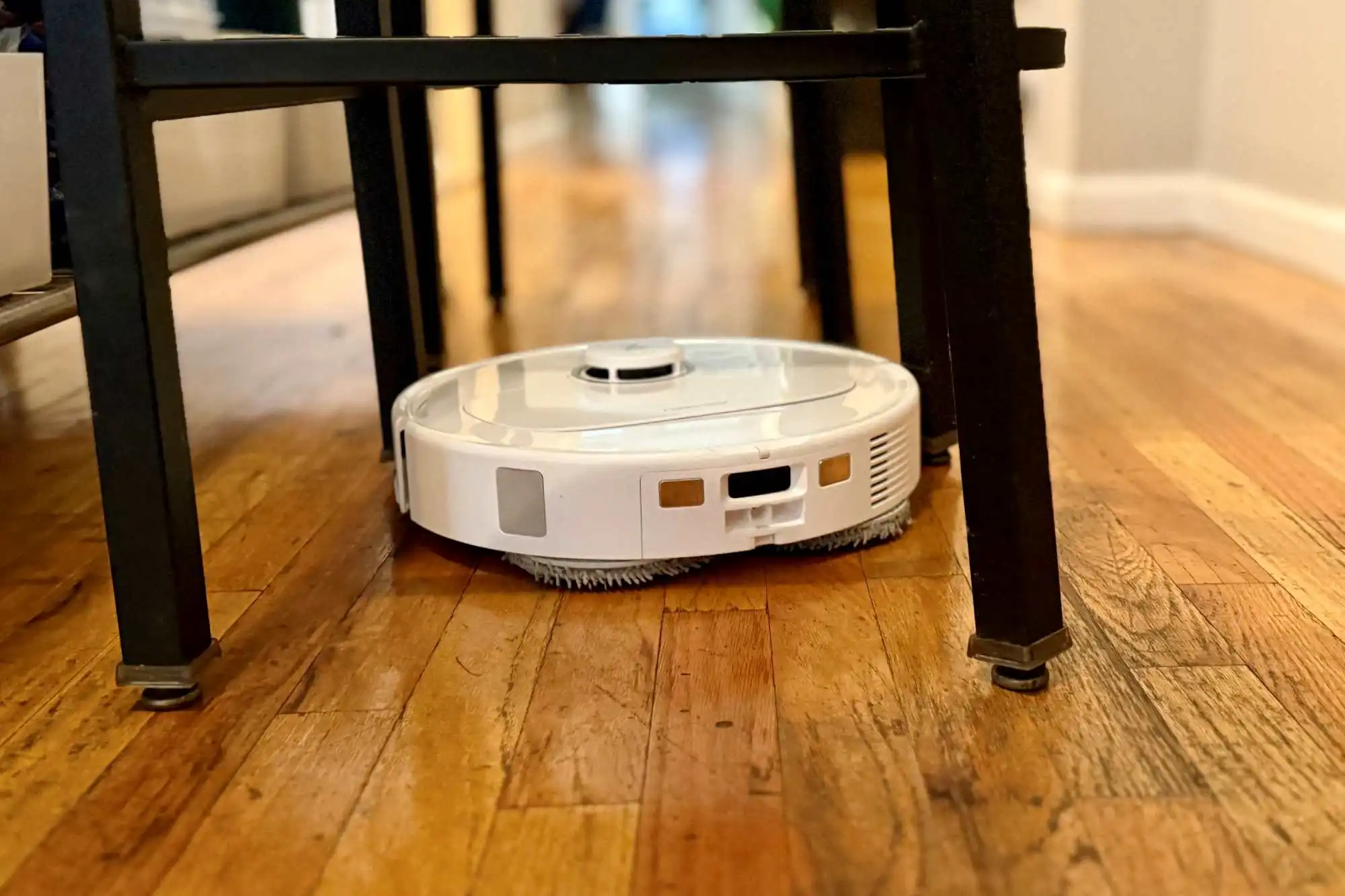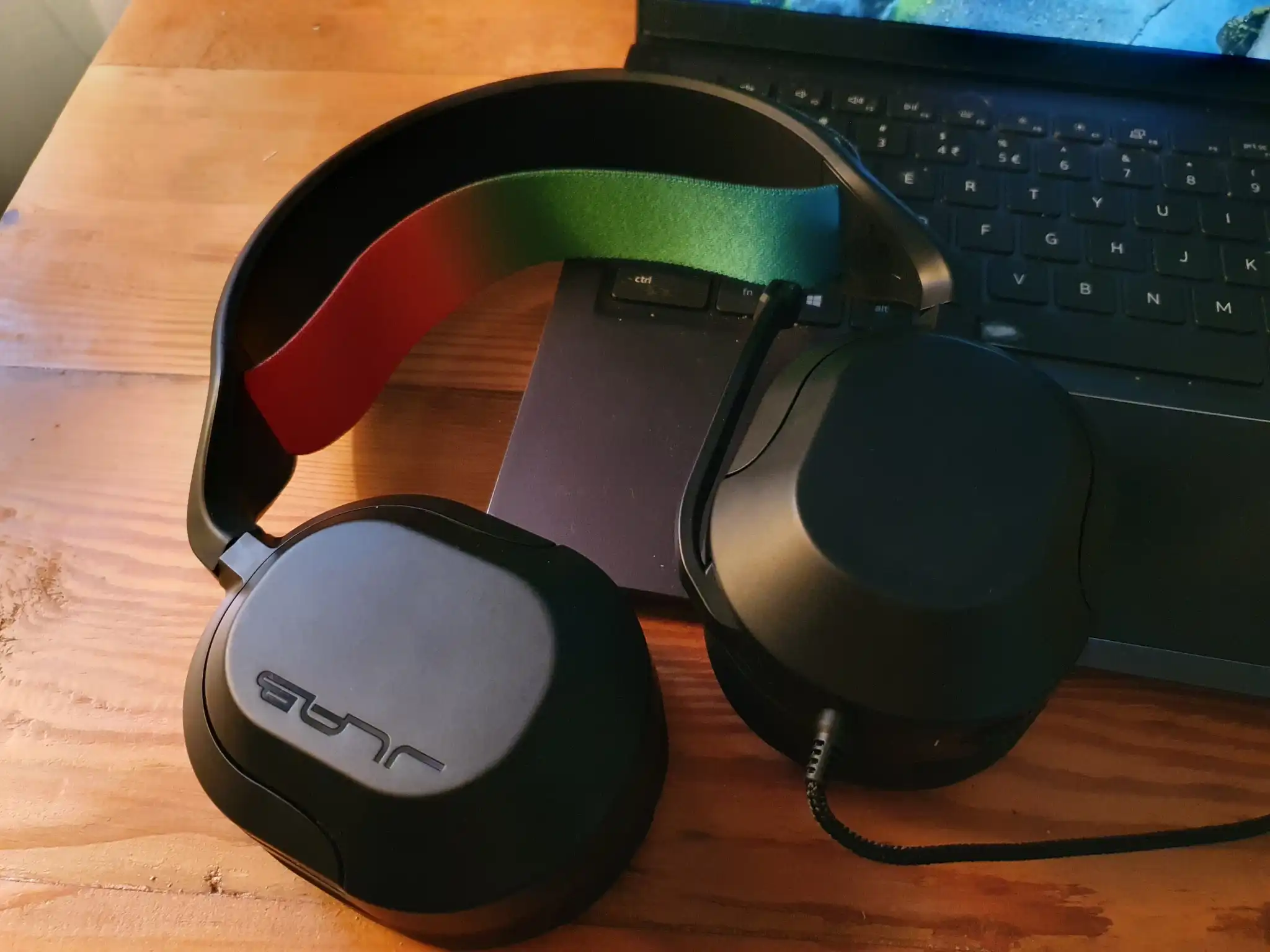Your robot vacuum will last longer if you take care of it. From battery care to software updates, here’s what you need to know to maintain your housecleaning helper.
Robot vacuums have become indispensable in our homes. From pet hair to daily dust, these devices keep floors clean with minimal hands-on help. But like any tool, a robot vacuum needs regular upkeep to keep running at peak performance—and to avoid early retirement.
Fortunately, the steps to extending your vacuum’s lifespan are simple, and many are directly recommended by manufacturers. Here’s what you need to know to get the most out of your robo-cleaner.
1. Clean it regularly, and it’ll clean for longer
The brushes, rollers, and wheels are where dust and debris accumulate most, making them critical maintenance points. Built-up dirt and hair can reduce suction and potentially damage the motor. Most manufacturers suggest cleaning these components every week if you have pets or bi-weekly for homes without furry companions.
With these simple maintenance habits, you can keep your robotic helper running at peak performance for years to come.
The brushes and rollers will likely see the most action and giving them a thorough clean will prevent tangles that can stop them from spinning properly. Just pull them out, untangle any hair, and wipe them down. The wheels can also accumulate gunk over time, so it’s worth giving them a once-over with a cloth to make sure they keep rolling smoothly.
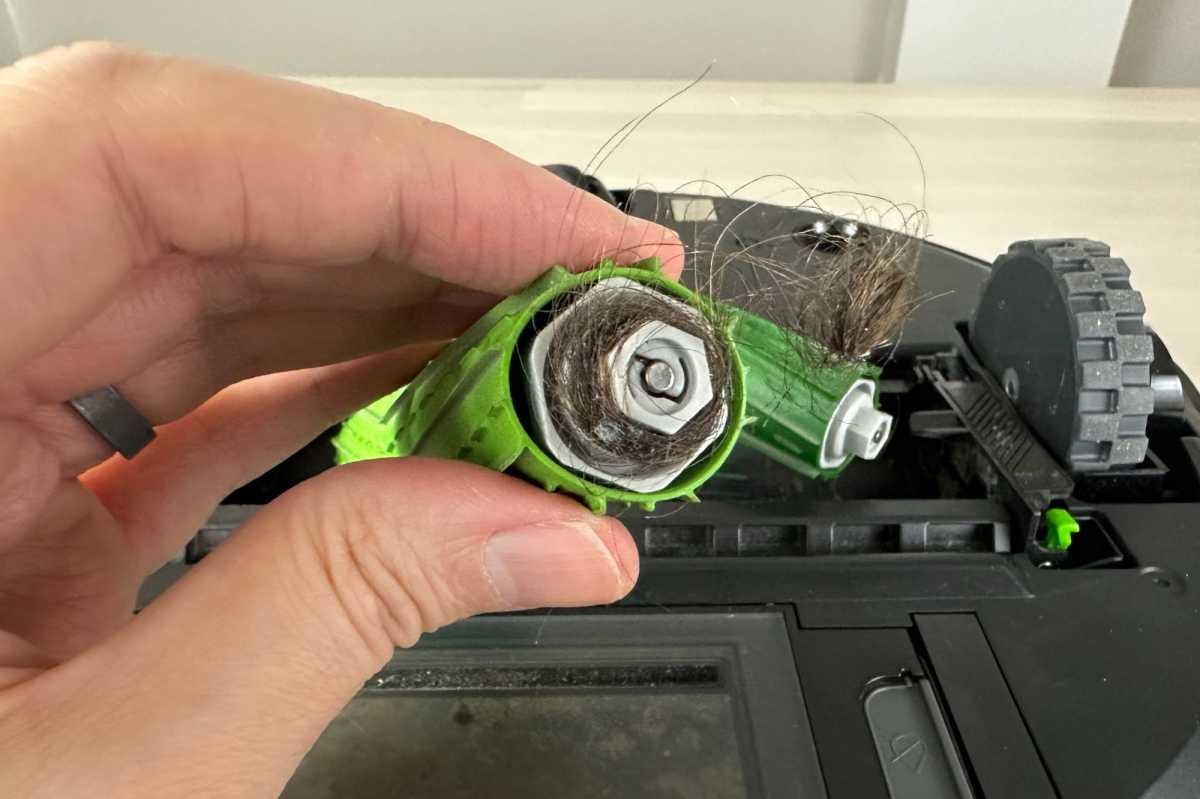
Ben Patterson/Foundry
And don’t forget about the sensors. They may seem like a small part of the system, but if they’re smudged with dust, your robot vacuum may start missing spots or bumping into furniture more often. A gentle wipe with a soft, dry cloth is all they need.
2. Take care of the battery
Batteries don’t last forever, but with proper usage, you can significantly extend their lifespan. Most robot vacuums today use lithium-ion batteries, which benefit from partial discharges rather than being run all the way down to 0%. Manufacturers like iRobot and Narwal recommend avoiding frequent deep discharges, as it can shorten the battery’s life.
Over time, even the best maintained battery will lose its capacity, but you can recognize when it’s time to replace yours. If your vacuum’s runtime is half of what it was out of the box, that’s a clear sign the battery is wearing out. Fortunately, many manufacturers make battery replacement easy, so you don’t necessarily have to retire the entire vacuum when the battery gives out.
3. Don’t let the dustbin overflow
One of the simplest, yet most important, tasks in robot vacuum care is keeping the dustbin empty. A full dustbin not only reduces suction but can also force the motor to work harder, leading to premature wear.
Most robot vacuums come with sensors that alert you when the bin is full, but it’s a good habit to empty it after every cleaning session, or as often as the manufacturer suggests.
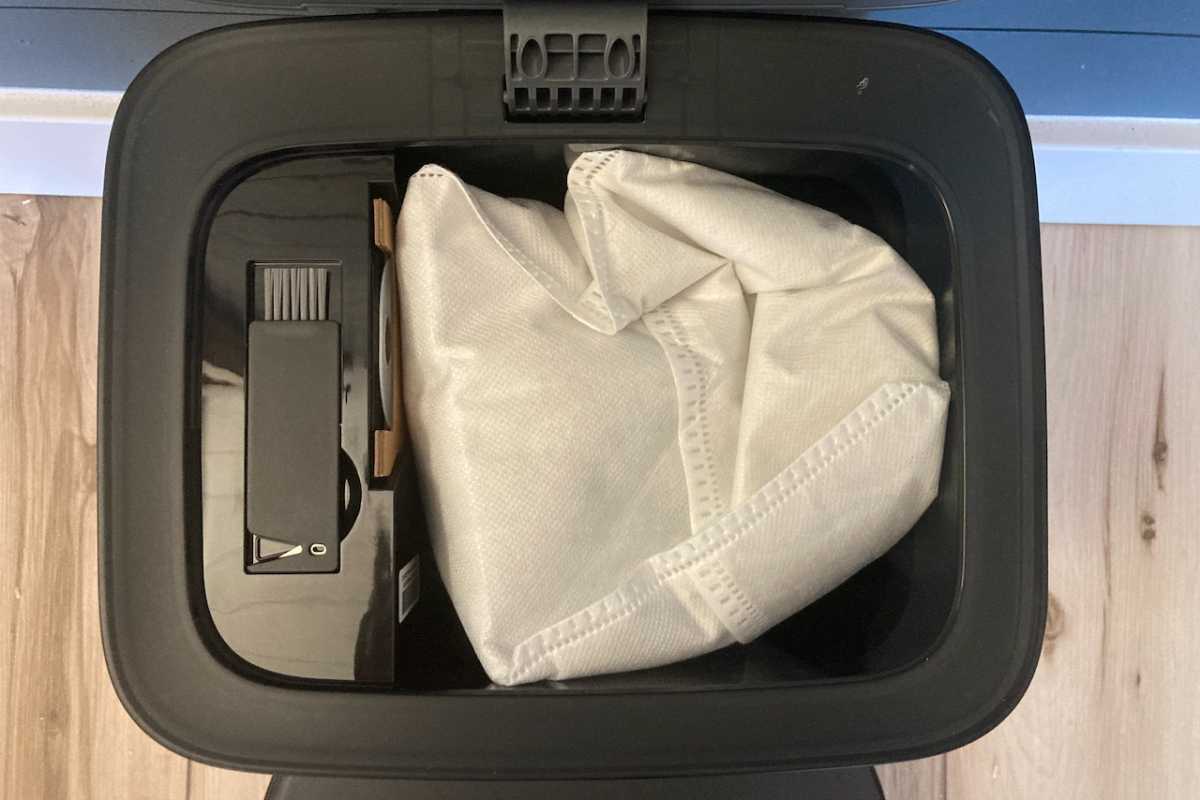
While manufacturers promise a month or more of dust collection before you need to replace the dust bag in these docking stations, replacement frequency depends largely on your cleaning habits and environment. It’s best to check the bin or bag inside the station periodically and replace it as needed, rather than relying on the manufacturer’s specs.
Keeping the area around the base station clean will also ensure that your vacuum docks and empties itself without issue.
Just like your smartphone or computer, your robot vacuum benefits from regular software updates. Manufacturers frequently roll out firmware improvements that fix bugs, enhance navigation, and optimize battery life.
While most vacuums update automatically through their apps, it’s worth checking periodically to ensure yours is running the latest version.
5. Optimize the environment
Optimizing your home’s layout sets the stage for effective cleaning. Clear the vacuum’s path of small objects, toys, and loose cords that could cause tangles or jams.
Also, don’t forget to take advantage of your vacuum’s virtual walls or no-go zones—set these up in the app to protect delicate areas and prevent the vacuum from getting stuck under furniture. These digital boundaries, combined with a clutter-free space, help your vacuum clean more efficiently while reducing wear and tear on its components.

iRobot
6. Regularly replace consumable parts
While cleaning your robot vacuum’s components will help keep it in good working order, some parts have a natural lifespan and will eventually need to be replaced. Filters, brushes, and rollers wear down over time, which can lead to reduced cleaning performance if they’re not swapped out regularly.
Most manufacturers provide specific timelines for when to replace these parts, but if you notice that your vacuum isn’t picking up as much dirt as it used to or is making more noise than usual, it’s probably time for a replacement.
Stick to using parts from the manufacturer or compatible third-party parts that meet the same specifications. This helps maintain optimal performance and avoids any warranty issues. Replacing parts is generally straightforward, and it can go a long way toward keeping your vacuum working efficiently for years.
7. Maintain and store the docking station properly
When your vacuum isn’t cleaning, it’s either charging or sitting idle on its docking station. Keep the area around the docking station clean and ensure your vacuum has a clear path to return home after cleaning. This ensures efficient charging and prevents unnecessary wear from failed docking attempts.
If you’re not using your robot vacuum for an extended period—whether it’s due to a vacation or a cleaning hiatus—store it in a cool, dry location. Batteries can degrade faster in extreme temperatures, so keeping the vacuum away from heat sources or moisture can help preserve its lifespan. Manufacturers recommend storing the vacuum with a partially charged battery, around 50%, to prevent damage to the battery over time.
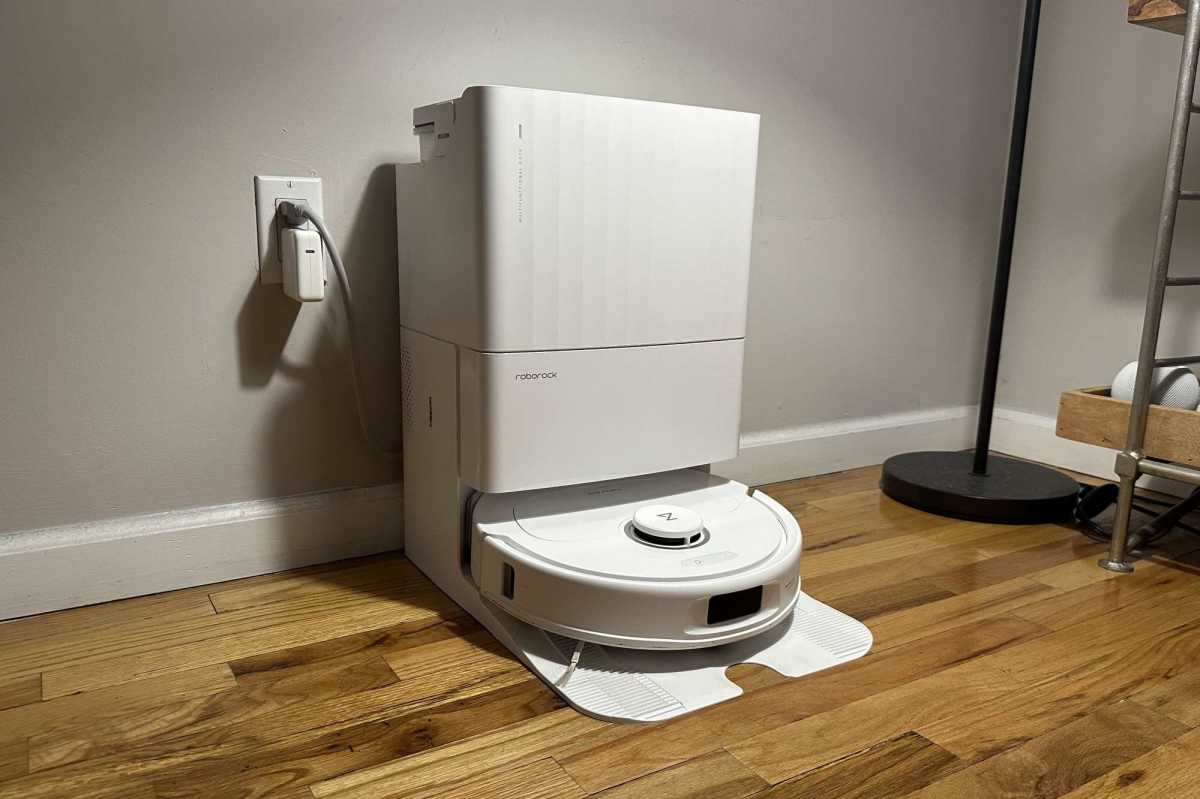
8. Know when to repair or replace the robot
Despite your best efforts, things can go wrong. Fortunately, many basic repairs—such as replacing a brush or fixing a stuck wheel—can be done at home. Manufacturers usually offer detailed instructions for these repairs, and it’s worth consulting the user manual or online guides for help.
However, for more complex issues like malfunctioning sensors or electrical problems, professional repairs might be necessary. Many manufacturers provide repair services or can recommend certified technicians, ensuring that your vacuum is in good hands.
Knowing when to repair versus when to replace your vacuum is crucial. If repairs become frequent and costly, it may be time to consider upgrading to a new model.
Smart care, longer life
A robot vacuum is an investment in your home’s cleanliness and your free time. With these simple maintenance habits, you can protect that investment and keep your robotic helper running at peak performance for years to come.

